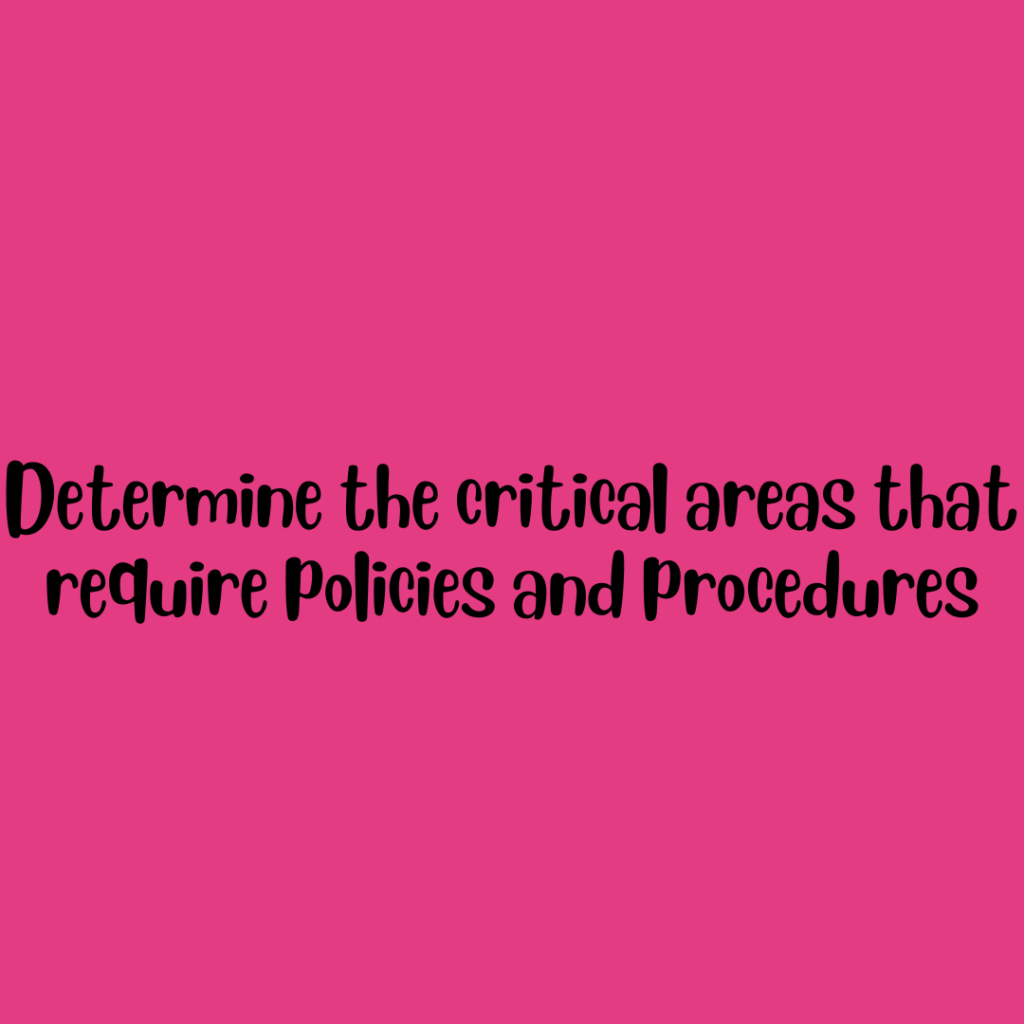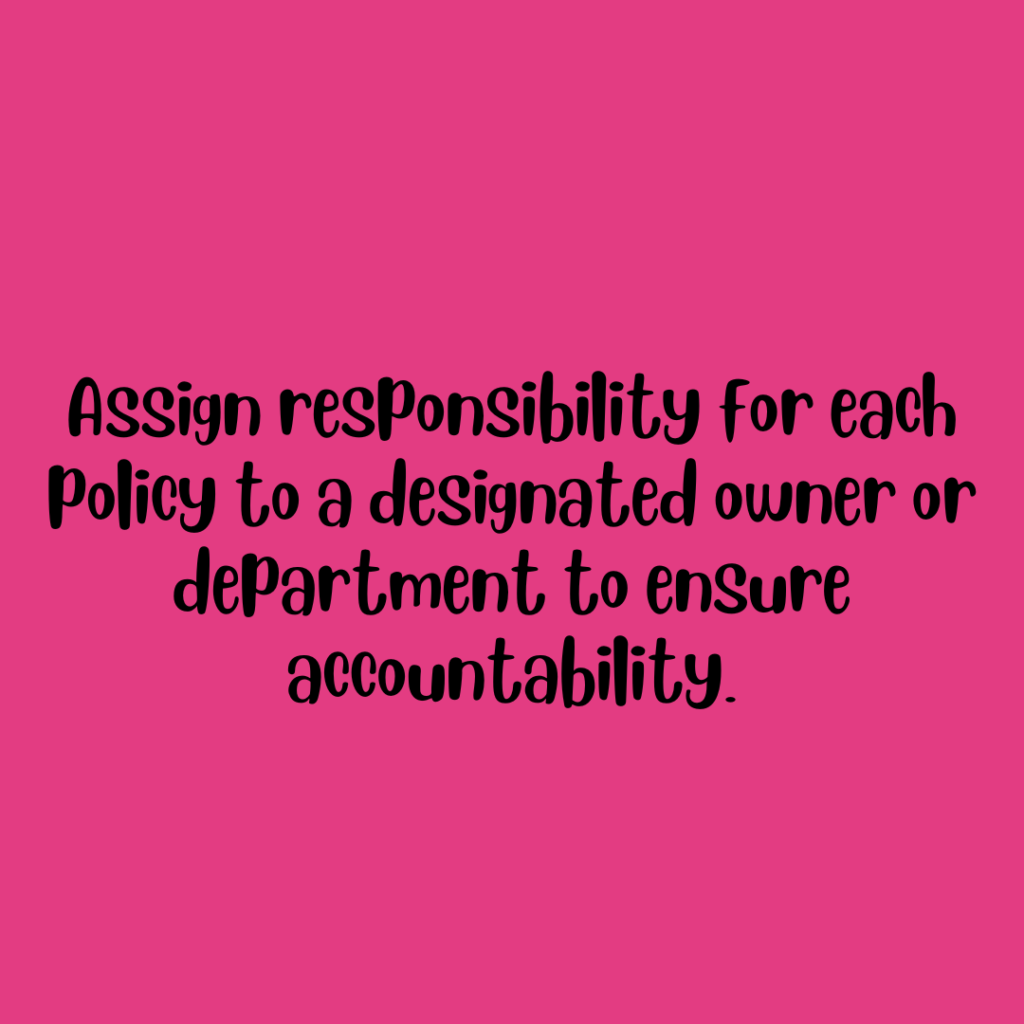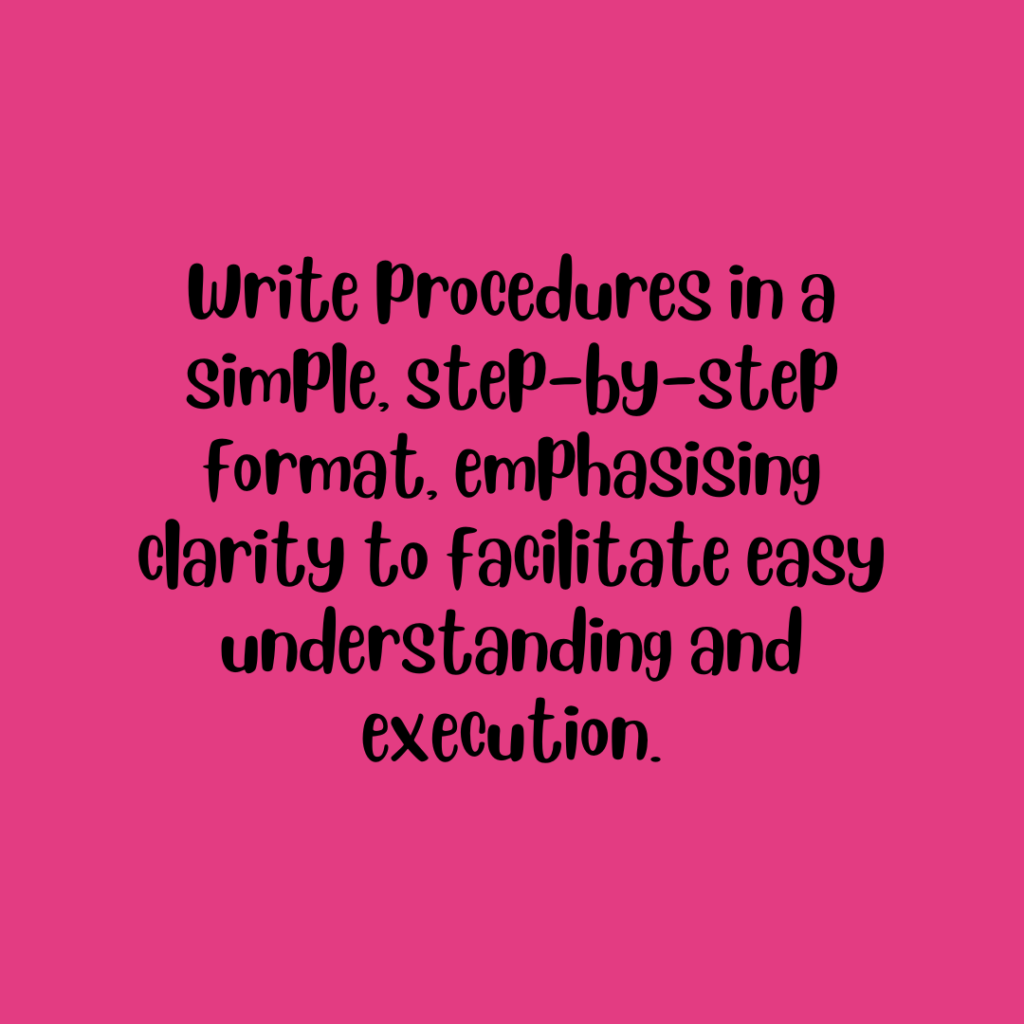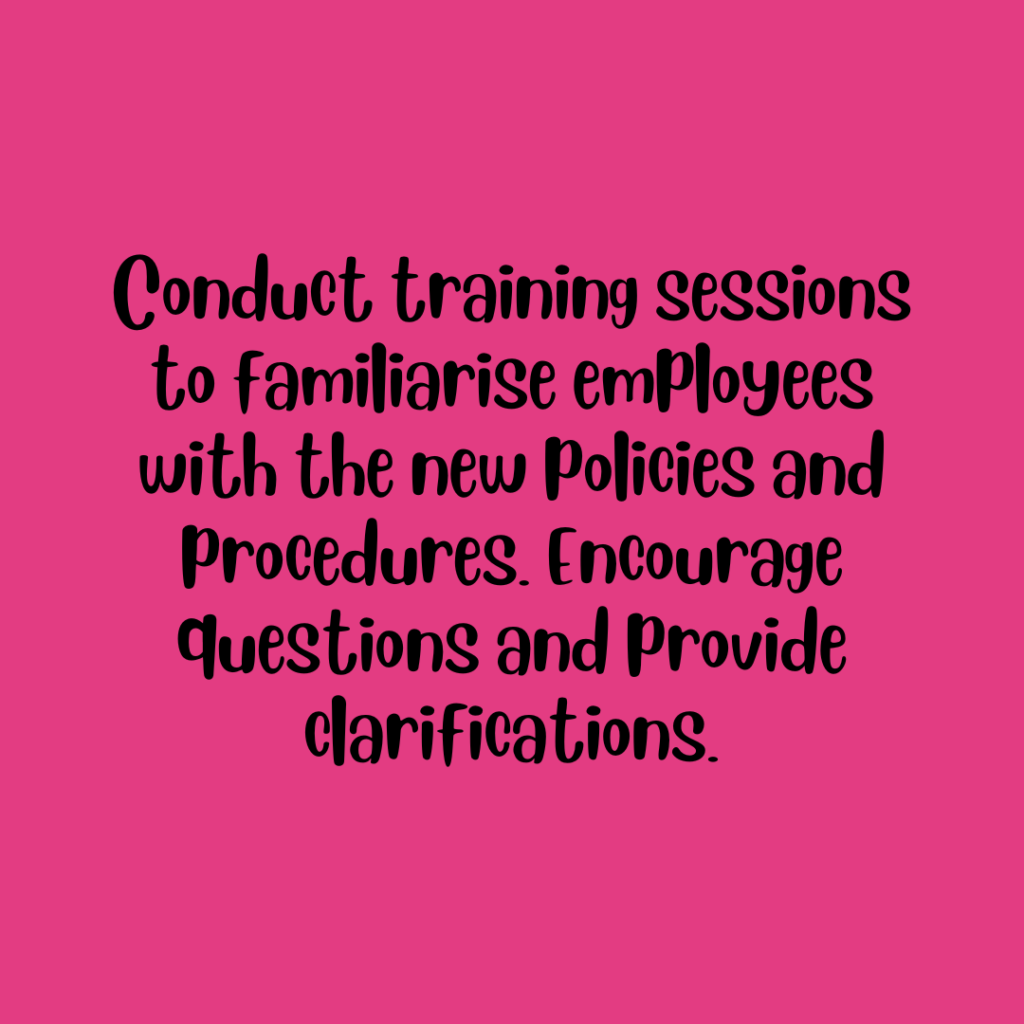In the dynamic landscape of modern organisations, having well-defined and robust policies and procedures is crucial for maintaining transparency, consistency, and compliance. This guide will provide a step-by-step approach to help you create a comprehensive set of policies and procedures that align with your organisation’s values and goals.
Step 1: Assessing Organisational Needs
1.1 Identify Key Areas:
- Determine the critical areas that require policies and procedures, such as HR, cybersecurity, ethics, safety, and operational processes.
1.2 Compliance Requirements:
- Understand industry regulations, legal requirements, and compliance standards relevant to your organisation.
1.3 Stakeholder Input:
- Gather input from key stakeholders, including employees, managers, and legal advisors, to ensure a comprehensive understanding of organisational needs.
Step 2: Policy Development
2.1 Policy Framework:
- Establish a framework for policy development, outlining the structure, format, and language to be used.
2.2 Clear and Concise Language:
- Use clear and concise language to ensure policies are easily understood by all employees.
2.3 Consistency Across Policies:
- Maintain consistency in tone, style, and formatting across all policies to create a unified document.
2.4 Policy Ownership:
- Assign responsibility for each policy to a designated owner or department to ensure accountability.
2.5 Review and Approval Process:
- Define a structured review and approval process involving relevant stakeholders, legal experts, and department heads.
Step 3: Procedure Development
3.1 Mapping Workflows:
- Clearly map out operational workflows for each process, ensuring that procedures reflect the organisation’s desired outcomes.
3.2 Simplicity and Clarity:
- Write procedures in a simple, step-by-step format, emphasising clarity to facilitate easy understanding and execution.
3.3 Visual Aids:
- Incorporate visual aids, diagrams, and flowcharts to enhance comprehension of complex procedures.
3.4 Training Materials:
- Develop training materials to accompany procedures, ensuring seamless onboarding for new employees and ongoing training for existing staff.
Step 4: Implementation and Communication
4.1 Rollout Plan:
- Develop a phased rollout plan to introduce policies and procedures, considering the impact on different departments and teams.
4.2 Training Sessions:
- Conduct training sessions to familiarise employees with the new policies and procedures. Encourage questions and provide clarifications.
4.3 Communication Channels:
- Establish effective communication channels to keep employees informed of updates, revisions, and any changes to policies and procedures.
Step 5: Monitoring and Enforcement
5.1 Regular Audits:
- Implement a schedule for regular audits to ensure compliance with policies and procedures.
5.2 Feedback Mechanism:
- Create a system for employees to provide feedback on the effectiveness and relevance of existing policies and procedures.
5.3 Consequences for Non-Compliance:
- Clearly outline consequences for non-compliance with policies and procedures, emphasising the importance of adherence.
Step 6: Periodic Review and Revision
6.1 Scheduled Reviews:
- Schedule periodic reviews of policies and procedures to ensure they remain aligned with organisational goals and industry standards.
6.2 Adaptation to Change:
- Adapt policies and procedures to accommodate changes in the organisational structure, industry regulations, or technology.
6.3 Feedback Integration:
- Integrate feedback from employees, stakeholders, and industry best practices into the review process.
Conclusion:
Creating a robust set of policies and procedures is an ongoing process that requires careful planning, collaboration, and adaptability. By following these steps and fostering a culture of compliance, communication, and continuous improvement, your organisation can develop a comprehensive framework that supports operational efficiency and accountability.







5 comments
I really liked the article. I have some questions about business.Having a small enterprise, selling baby food. I decided to order software development. Software plays a huge and significant role in business. I want to develop as a website to respond online, also have a large customer base. Where can I order such development?
Software development services can empowers organizations to operate efficiently, streamline operations, deliver superior customer experiences, and make data-driven decisions. For more information and details about software development, you can easily visit numerous companies by searching on Internet as well as Google.
Software can also be used to automate and optimize business processes, leading to increased efficiency and productivity in several ways. A good software solution can provide businesses with streamlined operations and optimized workflows. I advise you to visit this website https://inoxoft.com/technologies/golang-development-company/ here you can easily get all information that you want. Hope so it will be very helpful for you.
I agree great solution for your business. Baby food is a complicated business. And you will need a customer base for sure.Additional information and details about software development can be found on the websites of various companies that specialize in this service. For example, you can turn to companies such as Microsoft.
If you are looking for software and website development services for your baby food business, then you may want to consider hiring programmers in-house. This will give you more control over the process and customize your requirements. Some individual developers can also provide website and software creation services.